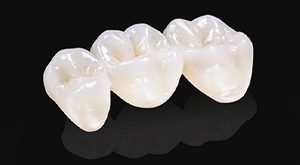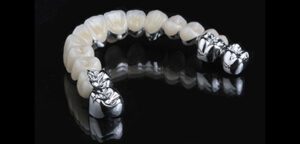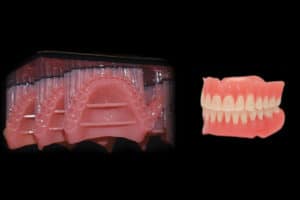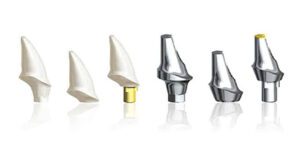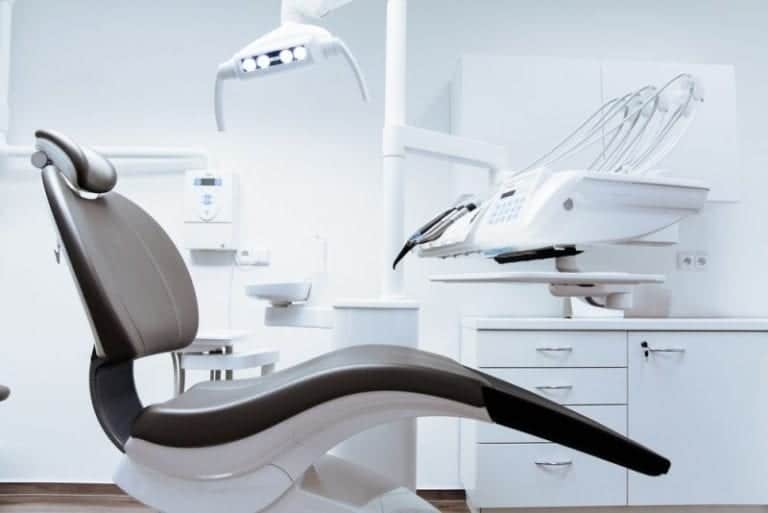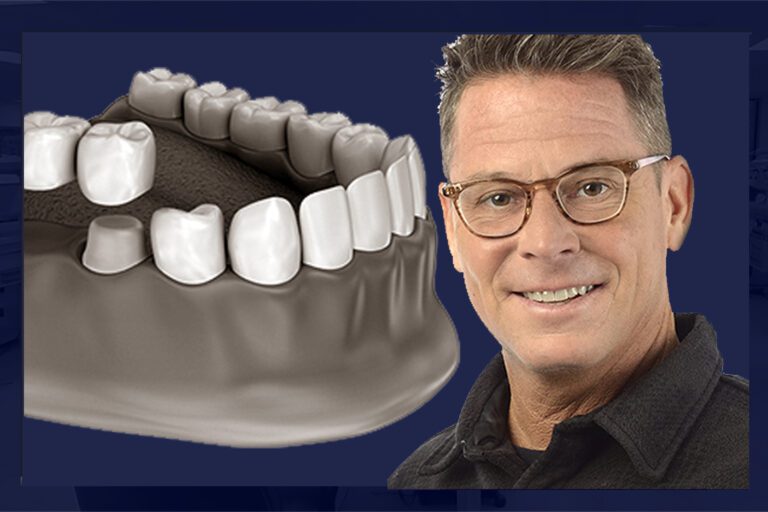Dentin hypersensitivity is a common encounter for many general dentistry practices. In an effort to further understand and identify treatment methods for dentin hypersensitivity, The National Dental Practice-Based Research Network recently completed a study with their clinicians. This study covered diagnosis, treatment, and pain outcomes for patients.
We wholeheartedly believe that dentists need to consistently be learning, especially in regards to new treatment techniques. The Dental Practice-Based Research Network provides this insight, and is one of the best resources available for dentists today.
Survey Methods for Managing Dentin Hypersensitivity
This study began with a prospective, multi-center cohort study of 185 Dental Practice-Based Research Network clinicians who completed an online questionnaire1. This questionnaire helped 1researchers ascertain their preferred methods of diagnosing and managing dentin hypersensitivity, as well as predispositions for the condition.
These clinicians are located throughout the country, in both corporate and private practice, and have an array of experience and years in practice. This means that the results provide an ideal look into what other dentists are doing based on these demographics and psychographics.
Research Results for National Dental PBRN’s Dentin Hypersensitivity Study
Nearly every dentist surveyed (99%) reported using more than one method to diagnose dentin hypersensitivity.
These methods include:
- Spontaneous patient reports while excluding other causes by clinical examination (48%)
- Applying an air blast (26%)
- Applying cold water (12%)
- Obtaining patient reports after dentist’s query (6%)
Predisposing factors for dentin hypersensitivity vary, as reported by the practitioners:
- Recessed gingiva (45%)
- Abrasion, erosion, abfraction/attrition lesions (37%)
- Bruxism (27%)
Dentists have a number of ways to treat dentin hypersensitivity:
- Desensitizing OTC potassium nitrate toothpaste (55%)
- Fluoride (41%)
- Glutaraldehyde/HEMA (3%)
Most respondents use a combination of products to treat dentin hypersensitivity (85%), with the most common treatment plan being a fluoride varnish and desensitizing OTC potassium nitrate toothpaste (72%).2
From this survey we have a better understanding of treatment and diagnosis of dentin hypersensitivity. Each clinician has a preferred method, but it’s always valuable to take a look at other practices’ techniques. These insights by The National Dental PBRN gives us those insights so we can better serve our patients.
The full study can be found here.
____________________________
1D.T. Kopycka-Kedzierawski, et. al. Management of Dentin Hypersensitivity by National Dental 1PBRN Practitioners (2016), http://www.nationaldentalpbrn.org/tyfoon/site/fckeditor/AADR_abstract_MDH_DDS_questionnaire%20v%200%204.pdf
2et .al

